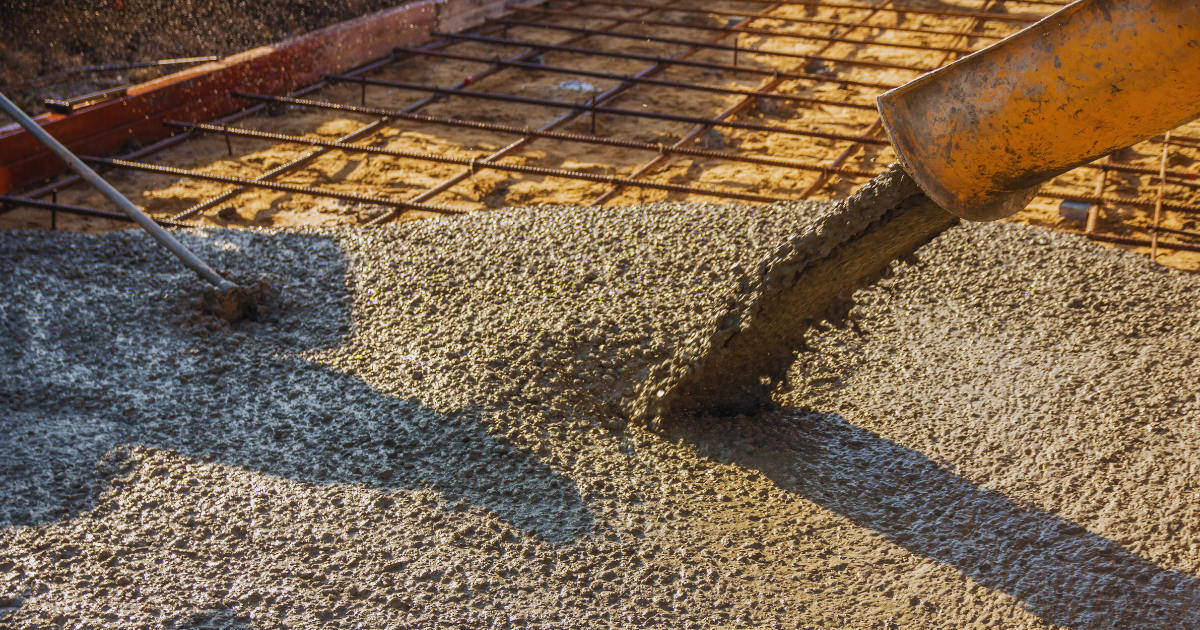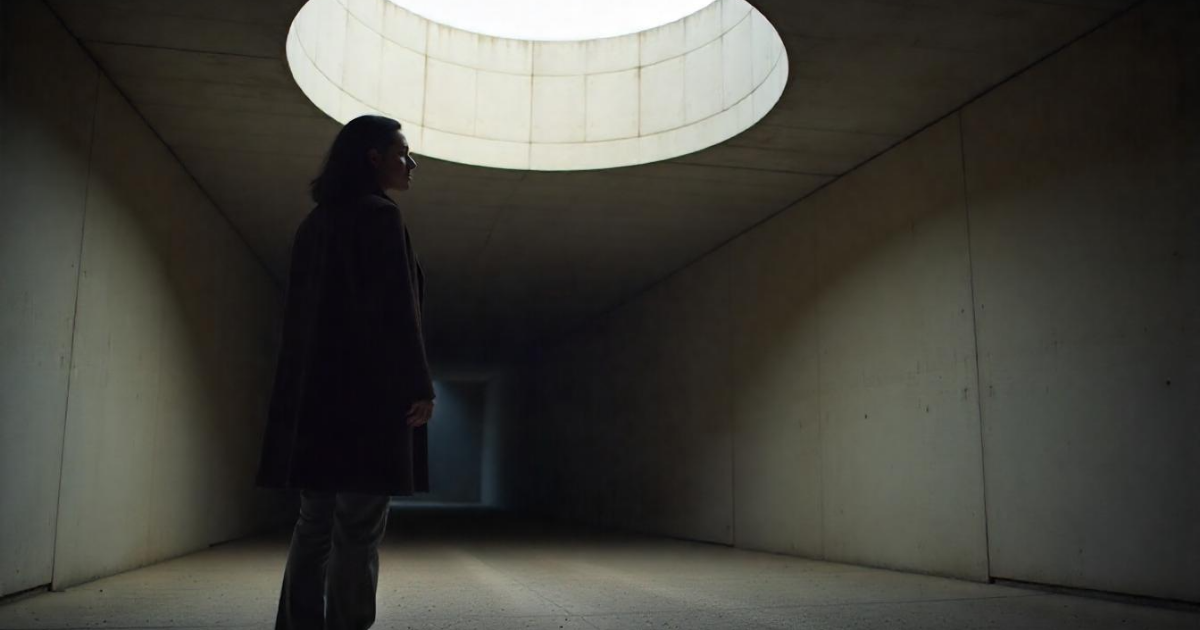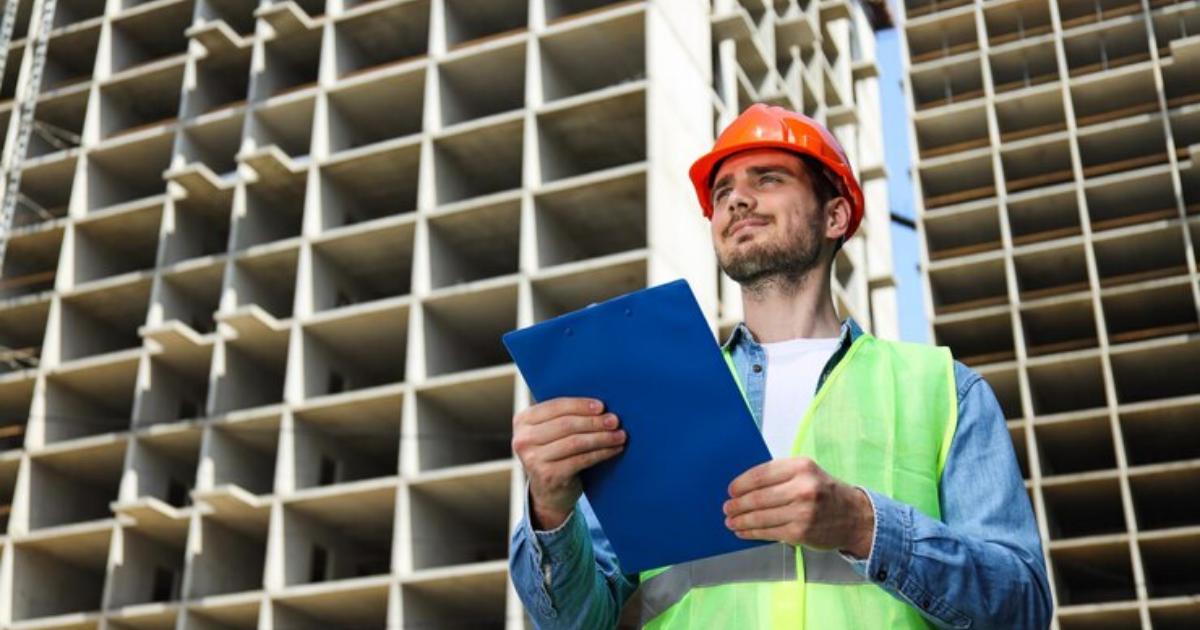Concrete flooring has become an increasingly popular choice for both residential and commercial spaces due to its durability, versatility, and modern aesthetic. Whether used in industrial warehouses, chic urban lofts, or even minimalist home designs, concrete flooring offers a wide range of possibilities. Its strength, coupled with easy maintenance, makes it an ideal choice for long-term use.
This comprehensive guide will walk through the process of concrete flooring installation, highlight the benefits, and explain how to properly maintain your floors to ensure longevity.
What is Concrete Flooring?
Concrete flooring is simply a floor structure composed of cement, aggregates, and water, poured and set to form a solid and durable surface. It is well-known for its strength and resilience, making it a favored choice for high-traffic areas, both indoors and outdoors. Additionally, concrete flooring is customizable, offering different finishes like polished, stained, or stamped, which can mimic materials like stone or wood.
Benefits of Concrete Flooring
- Durability
One of the standout features of concrete flooring is its extreme durability. Concrete is known to withstand heavy loads and resist wear and tear from high traffic. This makes it ideal for commercial spaces, warehouses, and garages, as well as residential homes where longevity is key. - Low Maintenance
Concrete flooring is also easy to maintain. Unlike other types of flooring like wood or carpet, concrete doesn’t require frequent replacements, refinishing, or specialized cleaning products. A regular sweep and occasional mopping are often enough to keep it looking its best. - Cost-Effective
Although the initial installation cost of concrete flooring can be relatively high, its long-term cost-effectiveness makes it a smart investment. Once installed, concrete floors have a long lifespan with minimal upkeep, saving money on repairs or replacements over time. - Design Versatility
Concrete flooring is highly versatile when it comes to design. It can be polished for a sleek, modern look, stained in various colors, or even stamped with patterns to resemble natural stone, tiles, or wood. The customizable nature of concrete floors means they can adapt to almost any aesthetic vision.
Installation of Concrete Flooring
Proper installation of concrete flooring is essential to achieving a strong, attractive, and durable surface. The process involves several critical steps that ensure the concrete floor is poured, finished, and cured correctly.
1. Preparing the Subfloor
Before installing concrete flooring, it’s crucial to ensure that the subfloor (the surface underneath the concrete) is properly prepared. The subfloor must be level, stable, and free of debris, cracks, or moisture issues. For new builds, a stable foundation is essential, while for renovations, the existing surface should be thoroughly cleaned and repaired.
2. Mixing and Pouring the Concrete
Concrete used for flooring is typically mixed with aggregates, water, and sometimes additional materials like color or sealants. The mixture is then poured onto the prepared subfloor. Depending on the floor’s size, a large area may require several trucks of pre-mixed concrete or be prepared on-site for smaller areas.
The key during pouring is to ensure an even spread and that the thickness of the floor remains consistent throughout the area. This will help avoid weak spots that could crack later on.
3. Screeding and Floating the Concrete
Once the concrete has been poured, a process called screeding is done to level it out. This involves using a long, flat tool to smooth out the surface and remove excess concrete. After screeding, the concrete must be floated, which further smoothens the surface and prepares it for the final finish.
At this stage, you can also add different textures or patterns, depending on the type of finish you desire.
4. Curing the Concrete
Curing is the process of allowing the concrete to harden slowly over time to maximize its strength. Proper curing involves keeping the concrete moist for a specified period (usually around 28 days) to prevent it from drying too quickly, which can cause cracking.
For those who want polished concrete flooring, grinding and polishing will take place after the curing process. This creates a smooth, reflective surface that’s easy to maintain.
Maintenance of Concrete Flooring
While concrete flooring is durable, regular maintenance is necessary to keep it looking pristine and to extend its life. Here’s how to maintain concrete flooring effectively:
1. Regular Cleaning
Basic cleaning is simple and doesn’t require any special products. A quick sweep with a broom or vacuum will remove dust and debris. For a deeper clean, mopping with a mild detergent and water will suffice. It’s important to avoid harsh chemicals, which can damage any sealants applied to the floor.
2. Sealing the Concrete
Sealing the concrete surface helps protect it from stains, moisture, and wear. Depending on the type of sealant used, concrete flooring may need to be resealed every 2 to 3 years to maintain its protective layer. Sealing is especially important for outdoor concrete flooring, which is exposed to elements like rain, sun, and snow.
3. Preventing Damage
While concrete flooring is tough, it can still suffer damage from heavy impacts or improper care. To prevent damage, place pads or protectors under furniture legs, especially heavy items like sofas or bookshelves. In high-traffic areas, using rugs or mats can help protect the surface from wear.
4. Addressing Cracks Promptly
Over time, concrete flooring may develop cracks, especially in high-traffic or outdoor areas exposed to temperature fluctuations. Minor cracks can be repaired with concrete patching materials, which are readily available. Addressing these cracks early prevents them from expanding and becoming more significant issues.
Different Types of Concrete Flooring Finishes
Concrete flooring is incredibly versatile in terms of its finishing options. Different finishes allow homeowners and businesses to customize the look of the floor to match their aesthetic preferences.
1. Polished Concrete
Polished concrete flooring offers a sleek, modern appearance that works well in both residential and commercial spaces. The surface is polished using a series of progressively finer grinding tools, which create a glossy, reflective finish. This finish is highly durable and easy to maintain.
2. Stained Concrete
Stained concrete flooring adds color and depth to the surface, giving it a unique look. Stains penetrate the concrete and create a variety of tones, from earthy browns to vibrant blues or greens. This type of flooring is often used to mimic the look of natural stone or tile.
3. Stamped Concrete
Stamped concrete flooring is designed to replicate the appearance of more expensive materials like stone, brick, or wood. The concrete is stamped with patterns while still wet, creating the illusion of textured surfaces. This finish is commonly used for outdoor patios, driveways, and walkways but can also work indoors.
4. Epoxy Coated Concrete
Epoxy coatings are applied on top of the concrete floor to create a durable, high-gloss surface that’s resistant to wear and chemicals. This finish is often used in garages, warehouses, or industrial environments, where heavy use is expected.
Conclusion
Concrete flooring is an ideal choice for anyone seeking durability, versatility, and low maintenance in a flooring solution. With a wide range of design options and the ability to handle high-traffic areas, concrete floors offer the perfect balance of aesthetics and functionality. Whether installing polished concrete in a modern office or opting for stamped concrete in a backyard patio, proper installation and maintenance ensure that the floors last for years.
By following the steps outlined in this guide, it’s easy to see why concrete flooring is becoming a go-to choice for residential and commercial spaces alike.







